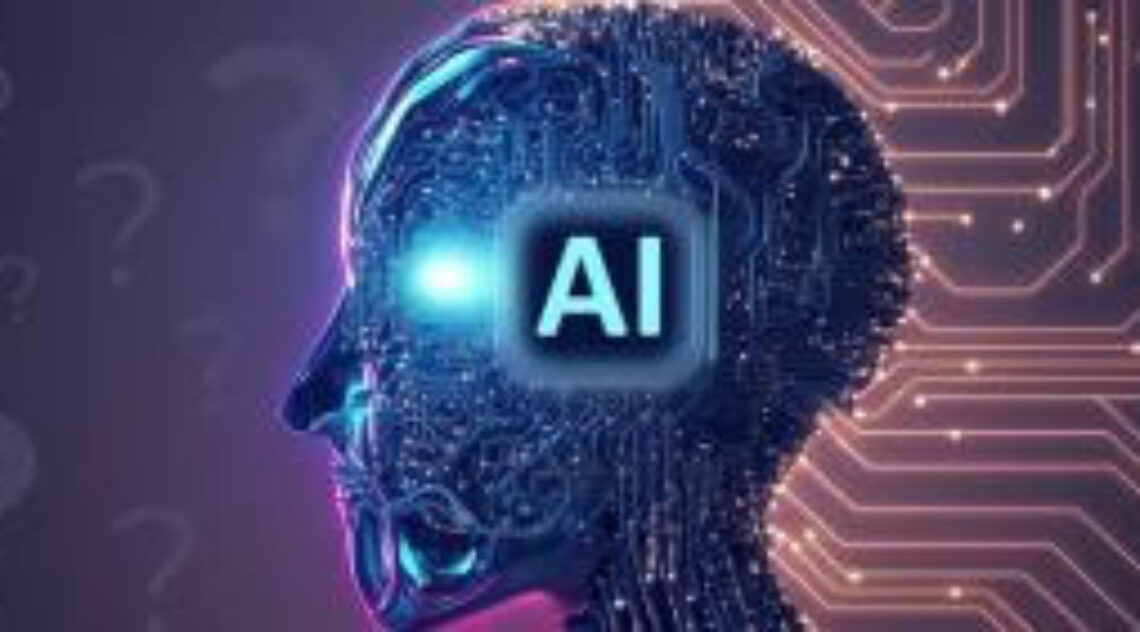
Artificial Intelligence (AI) is currently one of the hottest buzzwords in the technology arena today, and with good reason. In the last few years, we have seen several innovations and advancements which used to be thought of as mere science fiction – a mere figment of one’s imagination, now slowly transform into reality.
For example, if you have watched movies such as ‘Star Trek: The Next Generation’ or ‘Terminator,’ you would have seen examples of humanoid robots often associated with Artificial Intelligence (AI). These robots used to exist only in the imaginations of the creators of such movies, but today AI robots are slowly transforming into a reality.
Artificial Intelligence (AI) is a method of making either a computer, a computer-controlled robot, or a software, to think intelligently like the human mind. Artificial Intelligence is accomplished by studying the patterns of the human brain and by analysing what is known as the cognitive process – that is, the mental operation the brain performs to process information – including obtaining information, processing the information and then storing it in the memory to be accessed again. These AI studies result in the development of intelligent software and systems.
Artificial Intelligence (AI) has a wide range of applications across several industries and domains.
In the health care industry, AI-powered robotics could support surgeries that are located near highly delicate organs or tissues of the body, and therefore help to reduce blood loss or the risk of infection. It could also help in better diagnosis, better medical imaging analysis, better drug discovery and better medical treatment. In the finance industry, AI could help in fraud detection due to its capability to analyse large amounts of data. It could help to quickly detect anomalies or patterns that signal fraudulent behaviour, thereby helping to reduce the frequency of fraud in the financial services industry. In the technology industry, AI could help in cybersecurity – detecting and preventing cyber threats and enhancing response mechanisms.
These are just a few examples of how Artificial Intelligence (AI) is applied in various fields and some of the advantages or benefits include greater accuracy for certain repeatable tasks such as assembling vehicles or computers; decreased operational cost due to greater efficiency of machines; improved decision-making in certain situations; and so on.
However, as with any other concept or innovation, Artificial Intelligence (AI) also has its disadvantages and potential dangers. They include job loss due to increased automation, leading to greater unemployment; taking over our creative tools because of the desire for more efficiency instead of encouraging human creativity, especially in the artistic field; possible cybersecurity concerns; lack of transparency over how decisions are arrived at, resulting in less than optimal solutions; a potential to create misinformation as well as inadvertently violating laws and regulations.
There is also the potential danger of using AI technology to create weapons that we cannot even understand and that could also fall into the wrong hands, which could be catastrophically dangerous to humans.
So, although Artificial Intelligence (AI) has a range of exciting applications with the potential to transform our daily lives and how we work, it also poses many challenges. It is a complicated picture that often summons competing images: a utopia for some, a dystopia for others. The reality is likely to be much more complex.
So, will Artificial Intelligence (AI) eventually be a blessing or a curse? Only time will tell to what extent it will be used – either for good or for bad. With great power comes great responsibility, after all!